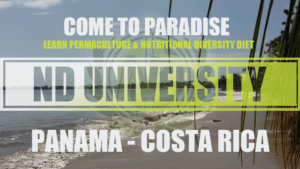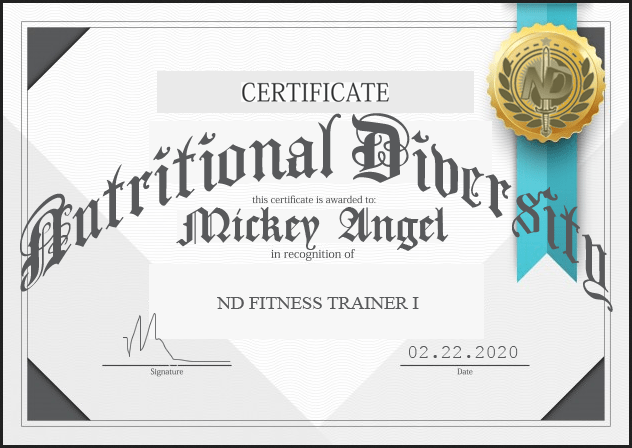Abstract
Beans, Bean Plants, Seeds & High Protein Leaves
Bean or Legume plants have been the feature of nursery rhymes, and fairy tales, and magic beans, and magic bean plants are not stories foreign to our ears. Do we understand beans and seeds and completely how these bean plants have been or can be used? Every Vegan and Vegetarian, health freak, and fitness enthusiast…
-
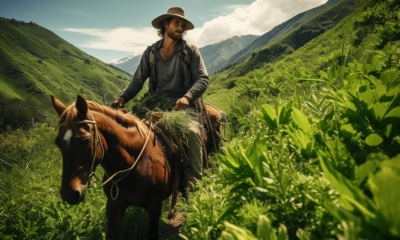
 Agriculture2 years ago
Agriculture2 years agoWhy Small Alternative Tropical Agriculture is the Best Investment Today
-

 Special Elements5 years ago
Special Elements5 years agoBest Garlic Vine Rankings, Benefits, Side Effects & Experience
-

 Special Elements3 years ago
Special Elements3 years agoBest Pre-Workout Supplement Rankings, Benefits, Side Effects & Experience
-
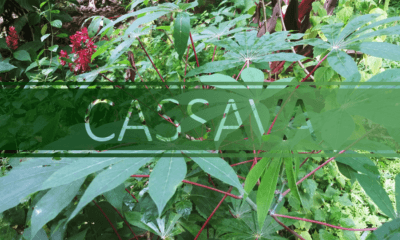
 Special Elements3 years ago
Special Elements3 years agoBest Cassava Manioc, Rankings, Benefits, Cancer Cure & Experience
-
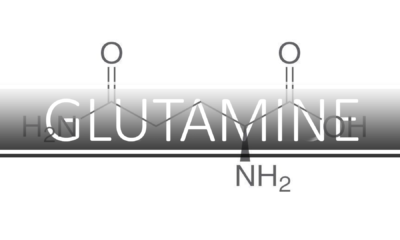
 Special Elements3 years ago
Special Elements3 years agoBest Glutamine Rankings, Benefits, Side Effects & Experience
-
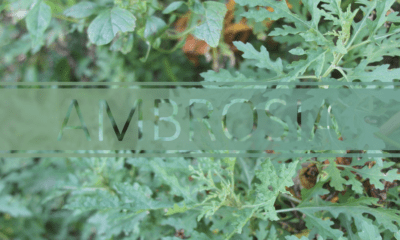
 Special Elements5 years ago
Special Elements5 years agoBest Ambrosia, Wormwood Rankings, Benefits, Side Effects & Experience
-
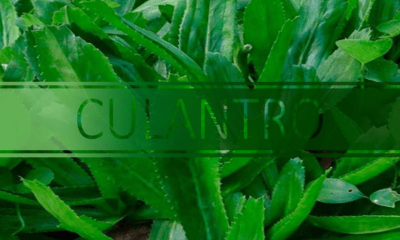
 Special Elements5 years ago
Special Elements5 years agoBest Culantro Rankings, Benefits, Side Effects & Experience
-
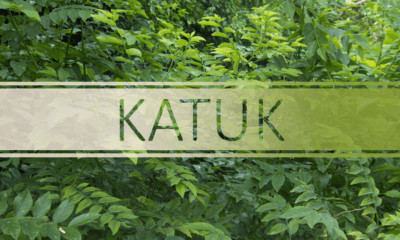
 Special Elements3 years ago
Special Elements3 years agoBest Katuk Rankings, Benefits, Side Effects & Experience


